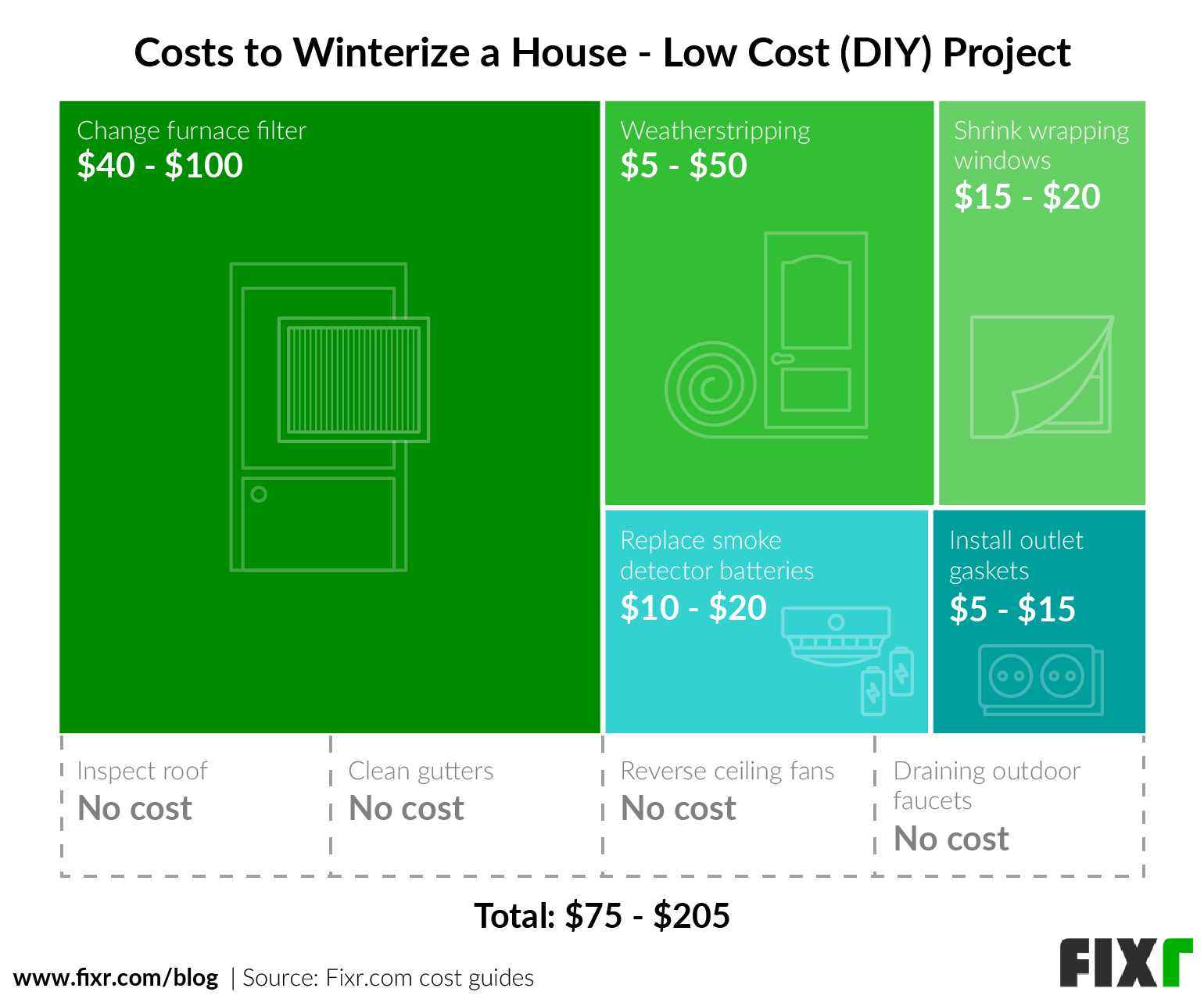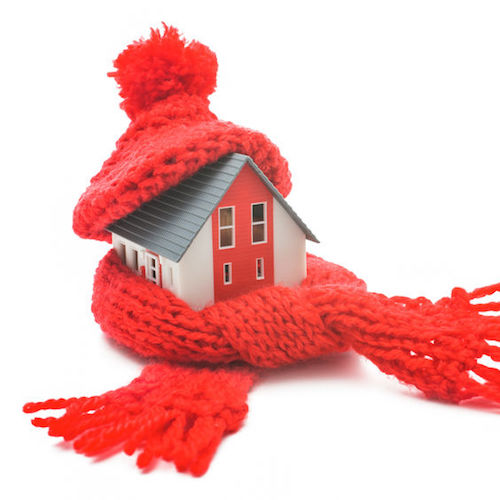Table Of Content

Regardless of whether you’re in a tropical paradise or a snowy retreat, maintaining the right indoor humidity levels is key to a comfortable and healthy living space. It not only reduces the likelihood of falling ill but also keeps your home in pristine condition. Humidity levels spike in the summer because warm air holds more water vapor. Summer heat can cause high humidity levels in your home, but reduced ventilation, leaks, poor insulation, and everyday activities—such as cooking and showering—can also generate excess moisture. Indoor humidity measures the water vapor floating in the air throughout your home.
At What Humidity Level Should I Use a Dehumidifier?
These can not only damage surfaces and belongings but also pose health risks, particularly for individuals with allergies or respiratory conditions. This is because sweat doesn’t evaporate as efficiently in humid conditions, leading to a sensation of stickiness and discomfort. This phenomenon stems from the fact that warm air has a greater capacity to hold moisture.
Mindful Water Usage
I typically advise my clients that intervention is necessary when indoor RH levels exceed 60% for more than brief periods. When the humidity levels in a home are too high or too low, it can lead to a variety of problems, including mold growth, dust mites, and more. With this in mind, it's important to find out how to check the humidity level in the home and determine the ideal humidity. Maintaining the perfect humidity level within the ideal range is crucial for a comfortable and healthy living environment. During the summer months, the ideal level typically ranges from 40% to 50%, depending on outdoor temperatures.
8 Things Homeowners Should Know About HEPA Filters
If your house has too little humidity during the winter months, switchning from a forced-air heating system to radiant heat (photo, above) will keep the air from drying out. Radiant heat can be installed beneath flooring and behind wall panels, but it’s not a DIY job. Portable humidifiers are also available to add moisture to individual rooms. While these are typically much less expensive than whole-house humidifiers, you may need multiple portables to increase the relative humidity in large homes. The ideal humidity level for your home may change as the seasons change and outdoor temperatures fluctuate.

"If your home or any part of it has a humidity reading of over 50 percent, consider installing or running a dehumidifier," he says. "An HVAC technician can take a reading or multiple readings throughout your property to determine what level of humidity is currently present." To monitor home humidity levels, consider purchasing several inexpensive gauges, such as Pinmu’s 4-Pack Mini Digital Humidity Meters. If the humidity is over 50 percent or under 30 percent in one or more areas, the following solutions will help you adjust the humidity level at home. By understanding what causes the humidity imbalance in your home, you can recognize signs of both low and high indoor humidity and implement steps to mitigate the problem.
The ideal humidity level for your home (and why it matters) - Arizona Daily Star
The ideal humidity level for your home (and why it matters).
Posted: Thu, 22 Sep 2022 16:33:55 GMT [source]
Remember that if your current outdoor relative humidity is higher than the humidity inside your home, operating exhaust fans can work against you by increasing indoor humidity levels. If you live in a muggy or coastal environment, Tip 3 below might be a better option. Environmental Protection Agency (EPA), the ideal indoor relative humidity is between 30% and 50% — and must be kept below 60%. Beyond installing an effective humidifier, you might want to invest in an Energy Recovery Ventilator. Often referred to as ERVs, these fresh-air exchange systems manage the transfer of heat and moisture between incoming and outgoing airstreams. That helps maintain optimal humidity levels throughout the year, while also improving indoor air quality.
Problems Caused by Low Indoor Humidity Levels
When a home’s humidity level is too high, you may see mildew and mold growth. We recommend you purchase a dehumidifier and use your AC unit to remove high levels of moisture in the air. Here’s how to achieve ideal indoor humidity levels for the comfort of your family, and the structural integrity of your house. Suboptimal humidity levels in your home could be causing frequent colds, nosebleeds, and poor sleep hygiene.“Low humidity can cause dry skin, irritate respiratory tracts, and lead to static electricity. If your home remains in this range for an extended period, you’ll notice mold and mildew growth, an increase in indoor airborne allergens, and potentially severe health side effects. Portable humidifiers can also help add moisture to a room, alleviating dry skin and preventing damage to wood floors or furniture.
Exploring the Cost of a 5-ton Air Conditioner
While hygrometers are the go-to tools for measuring humidity, Mitchell suggests paying close attention to physical signs too. “Consistent condensation on windows, a musty smell, or unusual respiratory responses can all signal high humidity,” Mitchell says. Humidity levels that are too high or low can be detrimental to your health and home. Efficient airflow and water management are the two biggest factors to keep levels in check — and they’re important.
Do fans reduce humidity?
Installing a whole-house humidifier is the best way to maintain consistent relative humidity. This humidifier works with your heating and air conditioning unit blower to add moisture to your indoor air by introducing hot steam or a cool mist. Whole-house humidifiers frequently require a connection to your home’s water supply and a drain line to the home’s exterior, and some require dedicated 120- or 240-volt electrical circuits.
Your heating and cooling systems can play a key role in keeping humidity at bay. "Dry air can cause several things, like dry sinuses, dry skin, bloody noses, cracked lips, dry hair, sore throat, aggravated allergies, and so much more," Cindy Kang, the co-founder of Hey Dewy, explains. The right conditions can help you avoid indoor mold and mildew growth, skin and allergy flare-ups, and poor air quality overall. “For homes with low humidity, homeowners often experience dry noses and are at a higher risk of getting sick more often. In their homes, wood will crack more easily and they may experience a lot of static,” says Kevin Eddingfield, a top Thumbtack Pro Advisor. Portable dehumidifiers are also available to remove moisture from individual rooms.
Additionally, these systems can help prevent the proliferation of pests such as dust mites and insects. If you aim to maintain ideal indoor humidity between 30 and 50% RH, the average home will require some help. Modern home construction is becoming increasingly tight, making excess humidity a factor even in my clients’ harsh desert climate. Missing the mark on your home’s indoor humidity levels can lead to poor indoor air quality (IAQ) and severe health concerns.
Be mindful of activities that release moisture into the air, such as long showers or boiling large amounts of water. Try to keep such activities to a minimum, especially during particularly humid days. This curious scientific quirk sheds some light on why it tends to feel hotter before a summer rainfall. The air becomes denser and weightier, which can make physical activities more demanding.
5 Best Humidifiers of 2024, Tested & Reviewed by Experts - Good Housekeeping
5 Best Humidifiers of 2024, Tested & Reviewed by Experts.
Posted: Tue, 20 Feb 2024 08:00:00 GMT [source]
Depending on the season and your geographic location, you may need to use tools like humidifiers or dehumidifiers to achieve this balance. For test results and more options, CR members can check our complete humidifier ratings, which include units that range from personal size all the way up to consoles that can humidify 1,000 square feet or more. Read on for details, and to see top choices from Consumer Reports’ humidifier tests for the best humidifiers for different-sized spaces in your home. Most of today’s new homes have poured concrete basement floors, but many houses built before 1950 still have unfinished dirt floors. The moisture in a dirt-floor basement can be as high as 100 percent, depending on the dampness of the soil, and that moisture can filter up into other areas of the home. The solution, in this case, is placing a vapor barrier, such as 6mm plastic sheeting, over the dirt, and then covering the sheeting with several inches of sand or pea gravel to hold it in place.
Many modern programmable and smart thermostats record and display indoor relative humidity percentages. Depending on the quality and location of the thermostat, this may not accurately represent actual indoor humidity levels across the space. Depending on the size unit you buy, the Frigidaire FFAD2233W1 Dehumidifier can remove up to 60 pints of water from the air in your home each day. Pair this device with a digital hygrometer to monitor and maintain a comfortable humidity level in your home. This small tool can be placed in a living space that’s a good distance away from a bathroom or kitchen where moisture is created.
In the hot, rainy months of the year, interior humidity rises; while adjusting the temperature to a lower setting on your thermostat can make your space feel cooler, it actually won't remove the excess moisture. For that reason, humidity becomes trapped, causing a sticky feel in the air. Unfortunately, this can breed mold and mildew growth and lead to uncomfortable skin and allergy symptoms. Ahead, discover the ideal humidity level for the inside of your house and several expert-recommended ways to adjust your home's moisture levels. Whole-house dehumidifiers are a special type of HVAC system designed to regulate and maintain optimal humidity levels throughout a home. They are part of the home’s central heating and cooling system (and as such, require professional installation) and work to reduce excess moisture in the air.
As the moisture level in the air increases, you may begin to feel hot and sticky. An increase in moisture levels can also affect certain health conditions, like asthma and allergies, making it difficult to breathe. Seasonal changes and the climate where you live play crucial roles in your home’s humidity level, but the ideal atmosphere is below 50% average humidity.












